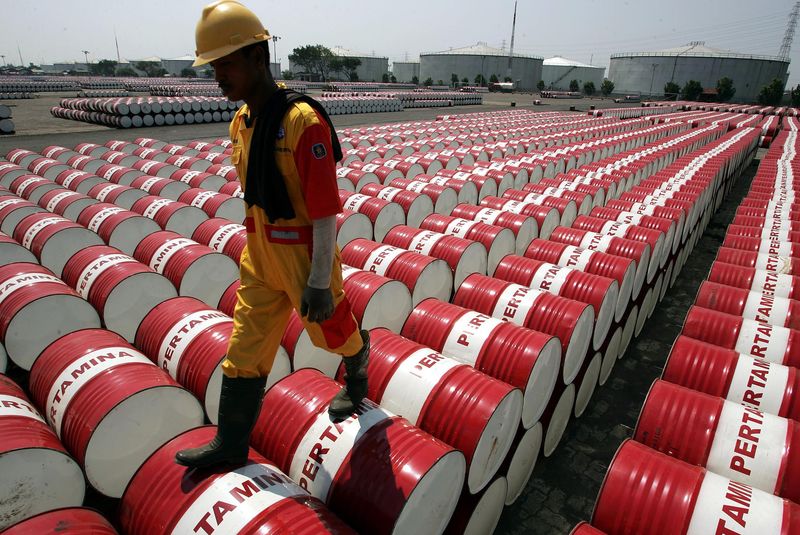Proactive Investors - Oil and coal prices should continue to climb in 2023, given recovering demand in China and emerging markets across the globe, according to UBS.
With front-month Brent crude futures currently around US$80 a barrel, the price is forecast by the Swiss investment bank to rise above US$100 in coming months and stand around US$110 at mid-year and year end.
The liquid fossil fuel will “come out on top in 2023,” UBS said, with demand set to exceed 2019 levels and hit new records.
“The energy problems of 2022 – redirected Russian supply, chronic underinvestment in upstream capacity – are here to stay. And with demand recovering in China as well as in emerging markets overall, energy prices should continue to climb in 2023," the bank said in a note.
“But unlike last year, when thermal coal replaced natural gas and crude oil as best performer, we expect oil to come out on top in 2023.”
Production outside OPEC+ countries is expected to be led by the US, while supply from Russia was predicted to fall in light of the European Union and G7's price cap of US$60 per barrel.
Thermal coal will similarly “stay elevated for longer” due to supply issues, said the analysts, but a decline from the record levels exceeding US$400 per tonne are likely, with prices forecasted to fall to US$300 per tonne by the end of the year.
Natural gas was projected to see loosening market balances this year, UBS added, as “solid supply growth” meets a “modest” demand increase, as inventories are set to stay relatively full.
Analysts suggested gas prices will hit US$4.50 per British thermal unit mid-2023 and US$5 by the end of the year.
“The US economy is slowing down, which should lead to contracting industrial demand for natural gas,” the bank said.
“Strong growth from the power sector in 2022, benefiting from a tight coal market (which supports substitution to gas), should not be repeated in 2023.”
Overall, natural gas demand, including net exports, was forecast to rise by about 1bn cubic feet per day in 2023.
